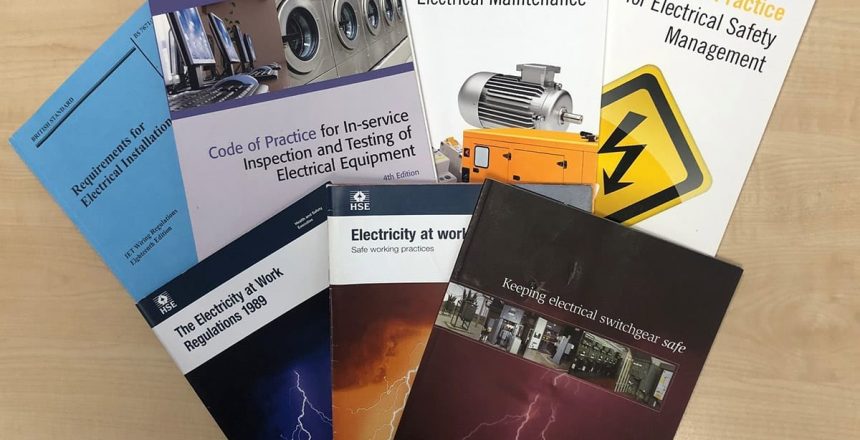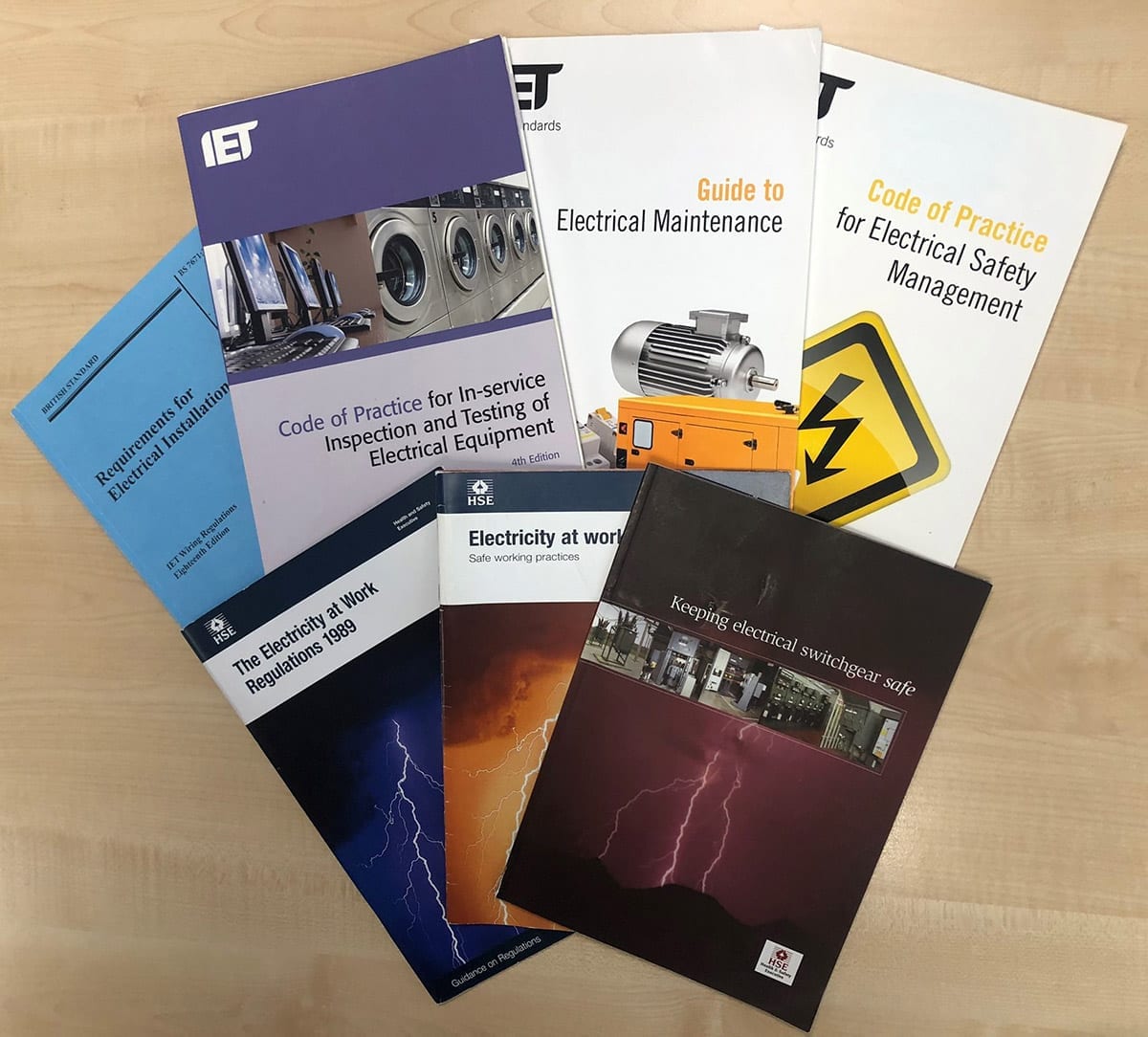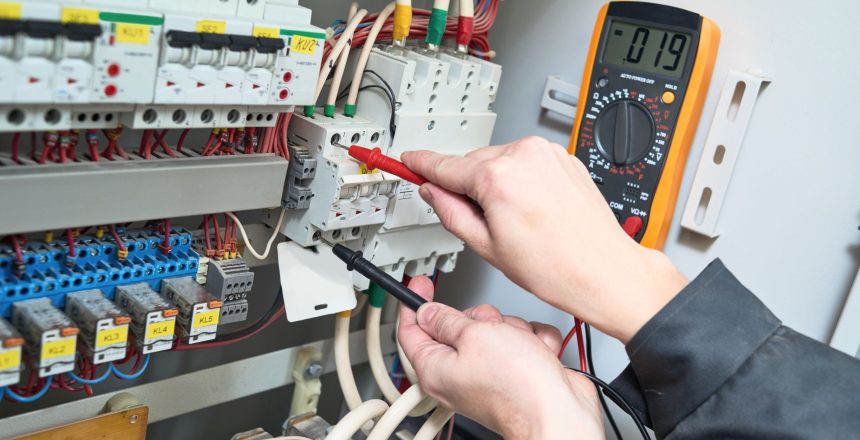Is Arc Flash a UK Legislative Requirement?
Electrical Safety UK specialise in carrying our arc flash studies for our many clients. One of the things that comes up regularly is the question of legislation and whether or not arc flash risk management is required under UK law.
The short answer is YES.
It is commonly understood that there are specific regulations which identify the need to carry out a suitable and sufficient risk assessment and to put measures in place to protect those who could be put at risk is mandated. The Electricity at Work Regulations 1989 and The Management of Health and Safety at Work Regulations 1999 are specific in these areas. Read more about the specific regulations here.
But where’s the evidence?
Paul Hopton, Principal Consultant at Electrical Safety UK, recently carried out extensive research to prove that the HSE are actively prosecuting companies for failing to protect and mitigate the risk where Arc Flash is the cause.
There are two types of enforcement notices that have been issued by the HSE that refer to Arc Flash, Improvement Notices and Prohibition Notices. There have been 37 Enforcement Notices issued in the past few years by the HSE that concern Arc Flash. The Enforcement Notices cite the following Legislation and Regulations:
- Health and Safety at Work Act
- The Electricity at Work Regulations
- Mines Regulations 2014
- Management of Health & Safety at Work Regulations 1999
- Construction (Design and Management) Regulations 2015
OK, so there is legislative requirement, but who is responsible?
If we now accept that there is a UK legislative requirement that Arc Flash Risk should be managed and controlled, who is going to be held responsible for ensuring that this happens? The Electrical Duty Holder is very likely to held to account, even if they have delegated some of their responsibilities to other persons within their business. And so two questions should be raised within every company that may have this risk;
- Who is the Electrical Duty Holder in your business?
- Do they know that they should be managing Arc Flash Risk?
What does Arc Flash Risk Management Good Practice look like?


At Electrical Safety UK we have been extremely successful over the years in assisting clients in understanding what good practice looks like when it comes to managing the Arc Flash Risk. This is evident within our case studies following the completion of this work.
In brief, good practice can be achieved by implementing certain tasks:
- Calculate the Arc Flash Incident Energy Levels and Arc Flash Boundary Distances on each piece of equipment that is connected to your Electrical Distribution Network.
ESUK can help you to limit this scope by applying our knowledge and experience of which parts of your network will be higher hazard, and which parts will be low hazard.
- Label the equipment with the calculated values and recommended Personal Protective Equipment (PPE) that could be used to mitigate the risk.
ESUK can help to determine a suitable PPE policy for your network/Company based upon the results of the calculations.
- Reduce the arc flash incident energy levels.
ESUK’s standard arc flash study includes recommendations on how to do this, if practicable.
- Carry out task-based arc flash risk assessments on the equipment with the highest levels of incident energy.
ESUK are the only Company in the UK that can offer City & Guilds Assured Practical Arc Flash Risk Assessment Training or we can complete the risk assessments for you.
- Give your staff the competence to understand Arc Flash Risk and how they can mitigate it.
ESUK offer arc flash awareness training that can be customised to meet your Company’s needs.
- Ensure visitors and contractors on your site understand their responsibilities in ensuring that your arc flash risk is managed appropriately.
ESUK can help you integrate your arc flash risk management strategy into your Electrical Safety Rules and Electrical Safety Management System.
Therefore, the initial investment in critical Safety Management can be justified against any significant prosecution costs, loss of revenue, brand damage. By ensuring Good Practice to mitigate or reduce the risk of Arc Flash in any company will show significant return on investment.
For more information about how ESUK can help in promoting good practice around Electrical Safety Management and Risk mitigation why not drop us a line.


The Research
Prosecution Examples:
- £1M fine + £26k costs for AWE nuclear weapons facility after electrician’s forearm was burnt
- £600k fine + £15.5k costs for Amey after worker’s clothing caught fire and he sustained serious burns to his face, chest, arms, hands, legs and stomach.
- £275k fine + £145k costs for UK Power Networks (Operations) Ltd. over the death of a worker in an explosion and fire at an electricity sub-station in Essex.
- £80k fine + £3.8k costs for A J Wadhams and Co. over a worker’s serious burn injuries and hospitalisation.
- £60k fine + £1.3k costs for BAS Castings Ltd over burns requiring surgery and two weeks hospitalisation.
- £36k fine + £90k costs for Aggreko over burns resulting in a loss of function in the worker’s left hand.
- £50k fine for CISM Ltd after an electrical explosion leaves workers with terrible burns.
The Enforcement Notices that cite the Health and Safety at Work Act refer to breaches of the following provisions:
2/1: It shall be the duty of every employer to ensure, so far as is reasonably practicable, the health, safety and welfare at work of all his employees.
3/1: It shall be the duty of every employer to conduct his undertaking in such a way as to ensure, so far as is reasonably practicable, that persons not in his employment who may be affected thereby are not thereby exposed to risks to their health or safety.
The Enforcement Notices that cite the Electricity at Work Regulations refer to breaches of the following Regulations:
4: (1) All systems shall at all times be of such construction as to prevent, so far as is reasonably practicable, danger.
(2) As may be necessary to prevent danger, all systems shall be maintained so as to prevent, so far as is reasonably practicable, such danger.
(3) Every work activity, including operation, use and maintenance of a system and work near a system, shall be carried out in such a manner as not to give rise, so far as is reasonably practicable, to danger.
6: Electrical equipment which may reasonably foreseeably be exposed to–
(a) mechanical damage;
(b) the effects of the weather, natural hazards, temperature or pressure;
(c) the effects of wet, dirty, dusty or corrosive conditions; or
(d) any flammable or explosive substance, including dusts, vapours or gases,
shall be of such construction or as necessary protected as to prevent, so far as is reasonably practicable, danger arising from such exposure.
14: No person shall be engaged in any work activity on or so near any live conductor (other than one suitably covered with insulating material so as to prevent danger) that danger may arise unless–
(a) it is unreasonable in all the circumstances for it to be dead; and
(b) it is reasonable in all the circumstances for him to be at work on or near it while it is live; and
(c) suitable precautions (including where necessary the provision of suitable protective equipment) are taken to prevent injury.
16: No person shall be engaged in any work activity where technical knowledge or experience is necessary to prevent danger or, where appropriate, injury, unless he possesses such knowledge or experience, or is under such degree of supervision as may be appropriate having regard to the nature of the work.
The Enforcement Notices that cite the Mines Regulations 2014 refer to breaches of the following Regulations:
11: The mine operator must ensure that—
(a) no person undertakes any work at the mine unless the person either is competent to do that work or does so under the instruction and supervision of some other person who is competent to give instruction in, and to supervise, the doing of that work; and
(b) no work is undertaken at the mine unless a sufficient number of persons are present who have the requisite competence to perform the tasks assigned to them.
15: The mine operator must—
(a) prepare and keep up to date a suitable written scheme for the systematic inspection, maintenance and testing of all electrical and mechanical plant and equipment at the mine, with a view to ensuring the health and safety of the persons at work in the mine;
(b) ensure that, where appropriate, suitable written reports are made of the inspections and that each report records significant defects and the steps taken, or proposed to be taken, to remedy them; and
(c) ensure that any proposed steps in a report are taken, provided they are appropriate.
The Enforcement Notices that cite the Management of Health & Safety at Work Regulations 1999 refer to breaches of the following Regulations:
3: (1) Every employer shall make a suitable and sufficient assessment of—
(a) the risks to the health and safety of his employees to which they are exposed whilst they are at work; and
(b) the risks to the health and safety of persons not in his employment arising out of or in connection with the conduct by him of his undertaking,…..
The Enforcement Notices that cite the Construction (Design and Management) Regulations 2015 refer to breaches of the following Regulations:
25: (1) Where necessary to prevent danger, energy distribution installations must be suitably located, periodically checked and clearly indicated.
(2) Where there is a risk to construction work from overhead electric power cables—
(a) they must be directed away from the area of risk; or
(b) the power must be isolated and, where necessary, earthed.
(3) If it is not reasonably practicable to comply with paragraph (2)(a) or (b), suitable warning notices must be provided together with one or more of the following—
(a) barriers suitable for excluding work equipment which is not needed;
(b) suspended protections where vehicles need to pass beneath the cables; or
(c) measures providing an equivalent level of safety.
(4) Construction work which is liable to create a risk to health or safety from an underground service, or from damage to or disturbance of it, must not be carried out unless suitable and sufficient steps (including any steps required by this regulation) have been taken to prevent the risk, so far as is reasonably practicable.
Paul Hopton – Principal Consultant
0808 588 0451




